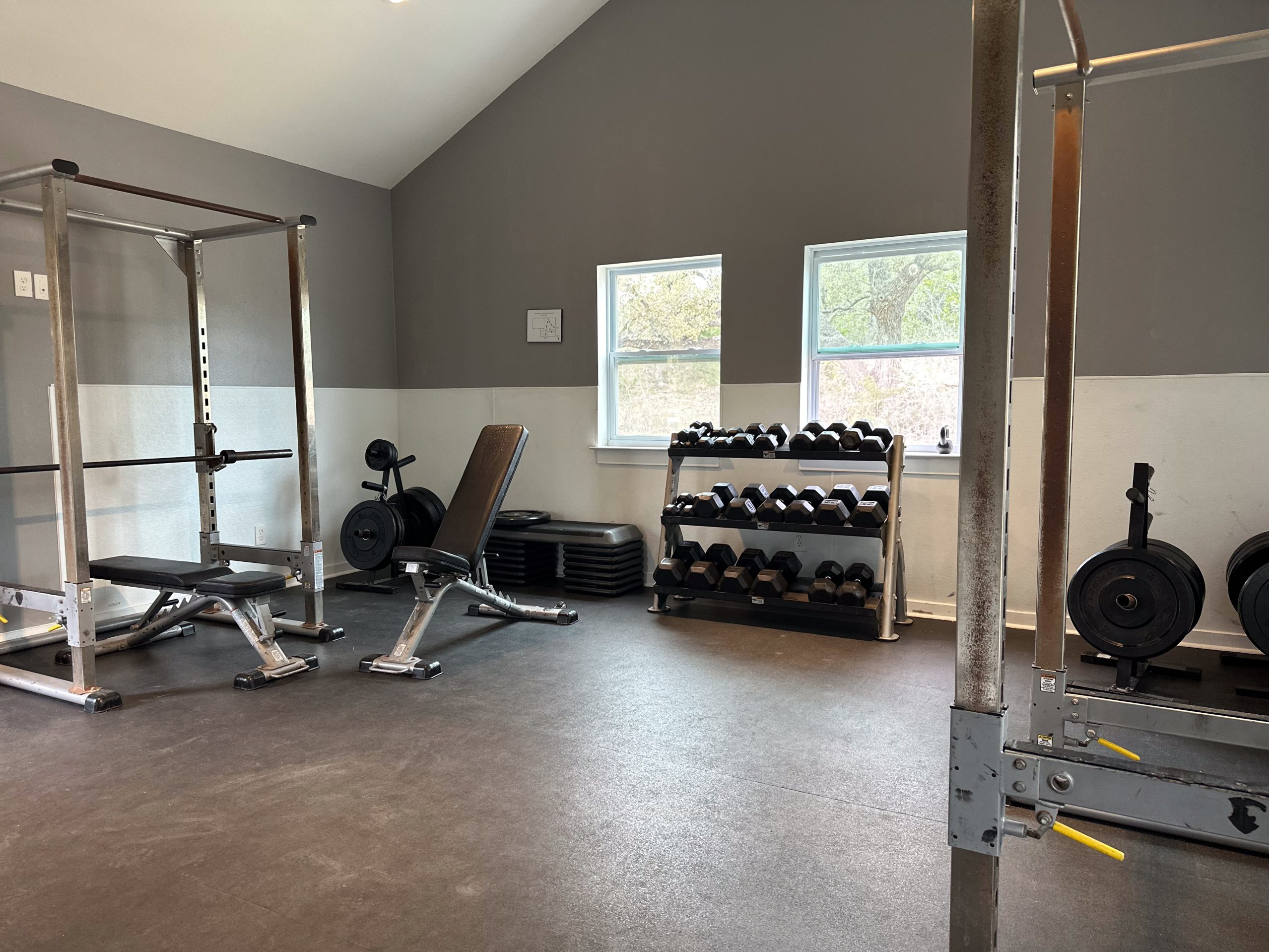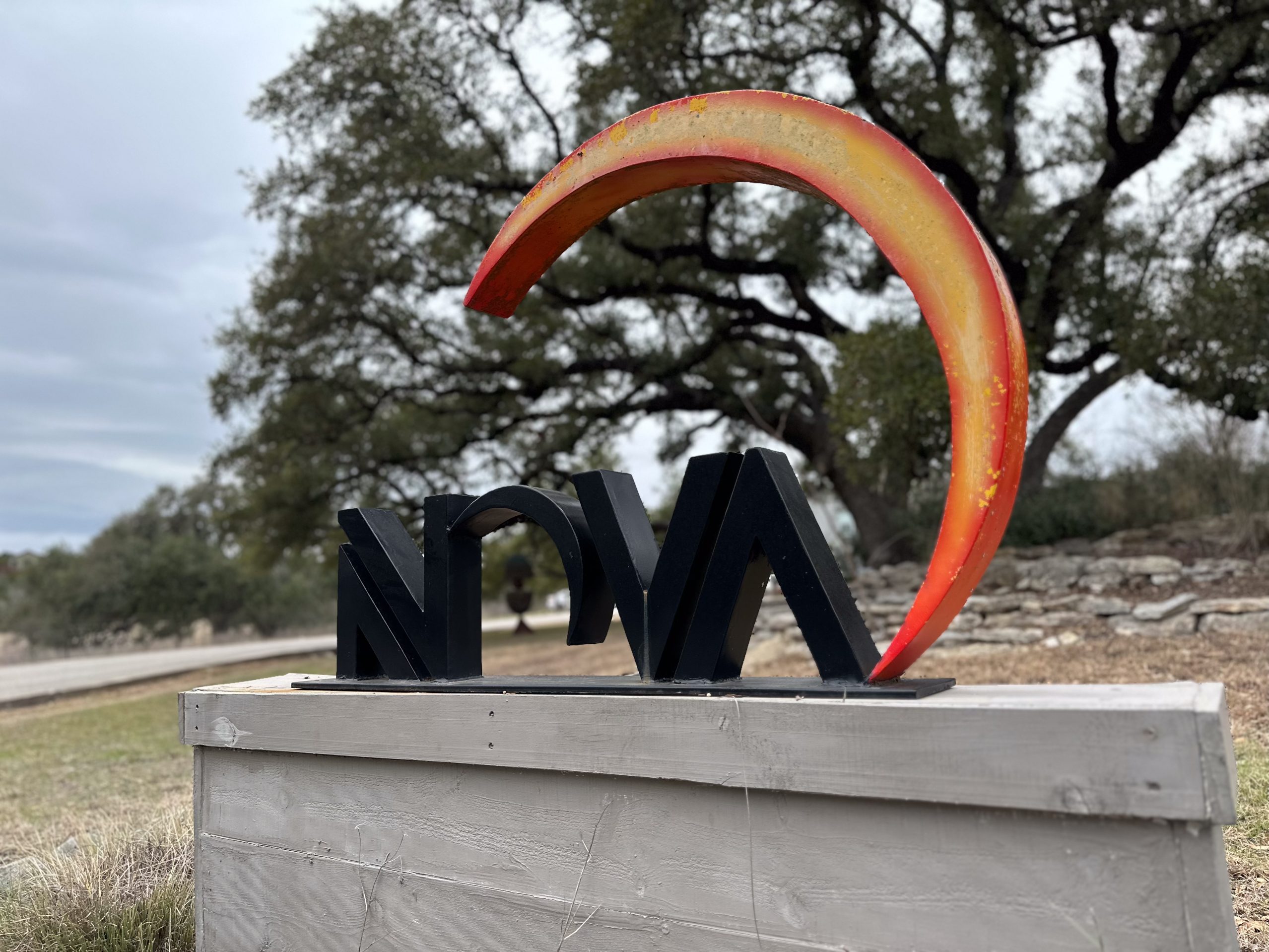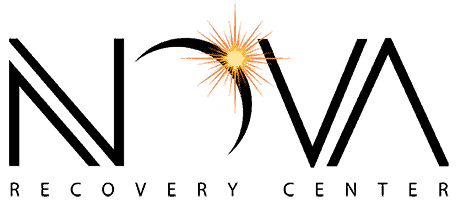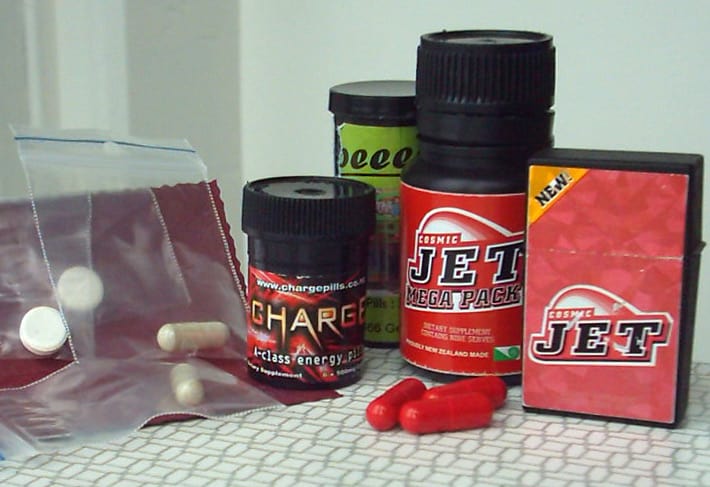Last Updated on September 29, 2025
As the U.S. cracks down on known synthetic drugs, underground chemists respond by developing new synthetic substances that bypass regulation. One of the most recent examples is Pump-It Powder—a psychoactive designer drug gaining popularity across the country.










What Is Pump-It Powder?
Pump-It Powder is a synthetic stimulant sold as an “enhanced plant vitamin,” typically in gas stations or smoke shops. Marketed under labels that state “not intended for human consumption,” it is often used recreationally due to its intense stimulant effects. Despite being technically legal, this drug poses serious health risks, especially for unsuspecting users.
Chemical Composition and How It Works
Pump-It Powder is based on synthetic cathinones—chemicals related to compounds found in the khat plant. These synthetic designer drugs mimic the effects of substances like cocaine and methamphetamine. The active compound in Pump-It Powder is methylhexanamine (also known as Geranamine), a legal stimulant with amphetamine-like properties.
However, manufacturers often change the chemical structures of these substances to avoid regulation. This practice leaves users unsure of what they’re taking, putting them at higher risk for severe reactions.
How It’s Used
Users typically snort, inject, or smoke the powder to experience a rapid, euphoric high. Some even compare the psychoactive effects to those of bath salts or other synthetic drugs. The effects including increased energy, sociability, and alertness can last between four to six hours, depending on the dose.
Unfortunately, this “high” is often followed by serious side effects such as:
- Elevated heart rate
- High body temperature
- Dilated pupils
- Goosebumps
- Sensory distortions
- Panic attacks
- Hallucinations
- Seizures
- Psychosis
- Suicidal ideation
These symptoms can vary depending on individual factors and dosage, but they often result in emergency medical care.
Why It’s So Dangerous
1. Legality and Accessibility
Although Pump-It Powder is technically legal, that status is misleading. Many assume legal drugs are safer to use, but this is a dangerous misconception. Sold openly for around $30, this synthetic substance is easily accessible to anyone.
2. Lack of Oversight
The drug is not regulated by the Food and Drug Administration (FDA), and its production involves no quality control. This makes its use extremely risky, especially since its ingredients can vary by batch.
3. Delayed Onset
Another major concern is its delayed onset of effects. Users might not feel the high right away and may continue using more, thinking the dose wasn’t strong enough. This pattern often leads to overdose and life-threatening consequences.
Pump-It Powder Addiction and Withdrawal
Due to its strong stimulant effects, Pump-It Powder carries a high risk of addiction. Users quickly develop a tolerance and may experience compulsive cravings. Over time, this leads to powder addiction and psychological dependence.
When people try to quit, they may face severe withdrawal symptoms such as:
- Anxiety
- Tremors
- Paranoia
- Insomnia
- Agitation
Withdrawal from synthetic drugs like Pump-It Powder can be extremely dangerous without medical support. Detox should be supervised by mental health professionals in a safe environment.
Long-Term Health Effects
Pump-It Powder and other synthetic substances have not been studied extensively, making their long-term health effects unpredictable. However, early research suggests links to:
- Cardiovascular damage
- Brain inflammation
- Liver and kidney failure
- Persistent mental health conditions such as anxiety and depression
These long-term effects can significantly reduce a person’s quality of life and may even become irreversible without early intervention.
Synthetic Drugs and Public Health
Pump-It Powder is part of a broader issue concerning synthetic drugs and public health. As synthetic designer drugs become more common, hospitals report a rise in emergency visits. According to the National Institute on Drug Abuse, synthetic cathinones are frequently found in toxicology screens during overdose cases.
Healthcare professionals are alarmed by this trend, as many of these products do not show up in standard drug testing panels. This limits their ability to diagnose and treat patients effectively.
Risk Factors and Warning Signs
People at higher risk of using synthetic drugs often include:
- Teens and young adults seeking legal highs
- Individuals with substance use disorders
- Those unable to access traditional stimulants like cocaine or meth
- People with a history of mental illness
Common warning signs of synthetic drug use include erratic behavior, paranoia, severe mood swings, and social withdrawal. Family members and support groups play a vital role in recognizing these symptoms early and helping loved ones seek care.
Treatment Options and Recovery
Treatment for synthetic drug addiction begins with a medically supervised detox. Given the unpredictability of ingredients, a healthcare professional must monitor the process to address any complications that arise.
Following detox, a comprehensive treatment program should include:
- Behavioral therapies such as cognitive behavioral therapy (CBT)
- Individual and group counseling
- A personalized treatment plan
- Ongoing relapse prevention strategies
- Involvement of support groups and family members
At Nova Recovery Center, our drug rehab program offers both inpatient and outpatient treatment tailored to synthetic drug abuse. Whether someone needs a full-time program or prefers living at home during recovery, we provide flexible care models that prioritize safety and long-term healing.
How Synthetic Drugs Bypass the Law
Many synthetic drugs like Pump-It Powder are designed specifically to skirt around the law. As soon as a compound is banned, chemists slightly tweak its formula to create a new version. These chemical structures may be just different enough to avoid detection or prohibition.
This cat-and-mouse game complicates regulation and raises health risks. The Food and Drug Administration (FDA) and the Drug Enforcement Administration (DEA) are constantly playing catch-up as new variations enter the market.
Freedom Starts Here. Take Back Your Life Today.
Same-Day Admissions in Austin Available.
The Role of Behavioral Therapies
Behavioral therapies are essential in helping individuals break the cycle of addiction. These evidence-based techniques address both the physical cravings and the psychological patterns that lead to drug use.
Some effective methods include:
- CBT for developing coping strategies
- Motivational interviewing to boost commitment to recovery
- Family therapy to rebuild trust and communication
- Group therapy sessions for peer accountability
By targeting underlying mental health issues and fostering resilience, behavioral therapies lay the foundation for long-term recovery.
The Importance of a Personalized Treatment Plan
Because every addiction story is different, treatment plans should be customized. Factors including drug history, mental health conditions, and co-occurring disorders will vary depending on the individual. A one-size-fits-all approach does not work with synthetic drug addiction.
Nova Recovery Center’s programs offer flexible, individualized plans. Our goal is to provide treatment that works with each person’s lifestyle and addresses both substance use and mental illness.
Prevention and Awareness
Educating the public about the dangers of synthetic drugs is crucial. This includes:
- School-based drug education programs
- Public health campaigns
- Easy access to support groups and hotlines
- Collaboration between law enforcement and healthcare systems
By raising awareness, we reduce experimentation and lower the societal cost of synthetic drug abuse.
Final Thoughts
Pump-It Powder is not a harmless novelty. It is a dangerous synthetic drug that poses real threats to physical and mental health. While it may be legal and easy to obtain, its use comes with unpredictable and sometimes life-threatening consequences.
The good news is that help is available. Through structured treatment options, proper healthcare, and support from family and professionals, recovery is possible. If you or someone you know is struggling, don’t wait—reach out for addiction treatment today.
For more information about our treatment program or to learn more about synthetic drug recovery, contact Nova Recovery Center. Let us help you reclaim your health, well-being, and future.
Pump-It Powder FAQ
What is Pump-It Powder?
Pump-It Powder is a branded synthetic stimulant sold in gas stations or head shops as an “enhanced plant vitamin.” It belongs to the synthetic cathinone (“bath salts”) family of drugs.
Is Pump-It Powder the same as “bath salts”?
Yes—reports from law enforcement and public-health sources describe Pump-It Powder as a bath-salts–type product containing cathinone analogs similar to mephedrone/MDPV. Packaging and contents vary.
Why was it marketed as “plant food” or “not for human consumption”?
Vendors historically labeled these powders as “plant food,” “glass cleaner,” or “not for human consumption” to skirt drug and product-safety laws.
What does Pump-It Powder look like and how is it used?
Typically sold as white/off-white crystals or powder in small packets; people may snort, swallow, inject, or vape it—methods linked to rapid, unpredictable effects and higher risk.
What does Pump-It Powder do to the brain/body?
Like other synthetic cathinones, it spikes dopamine and norepinephrine by blocking reuptake, causing intense stimulation, agitation, and cardiovascular stress.
What are the main dangers?
Severe agitation, paranoia/hallucinations, hyperthermia, rapid heart rate, kidney injury, and “excited delirium” have all been documented with bath salts/α-PVP-like products. ER care is often required.
Is Pump-It Powder legal?
Synthetic cathinones such as MDPV/α-PVP are controlled substances in the U.S.; selling or possessing them can be illegal—even when packages claim otherwise.
Where did Pump-It Powder first show up?
U.S. alerts and news coverage identified new retail sales in 2011–2012, including Oklahoma and Texas.
Will Pump-It Powder show up on a drug test?
Standard workplace panels often miss synthetic cathinones. Detection usually requires targeted LC/GC-MS testing offered by specialized labs.
How long does it stay in your system?
Windows vary by compound and assay, but urine detection is commonly up to ~1–3 days; consult the testing lab about its cathinone panel.
Is Pump-It Powder addictive?
Yes. Because cathinones act on dopamine reward pathways, they carry clear abuse and dependence potential.
How is a Pump-It Powder overdose treated?
Management is supportive in the ER/ICU (cooling, IV fluids) with benzodiazepines commonly used for agitation/hyperthermia; each case is individualized.


